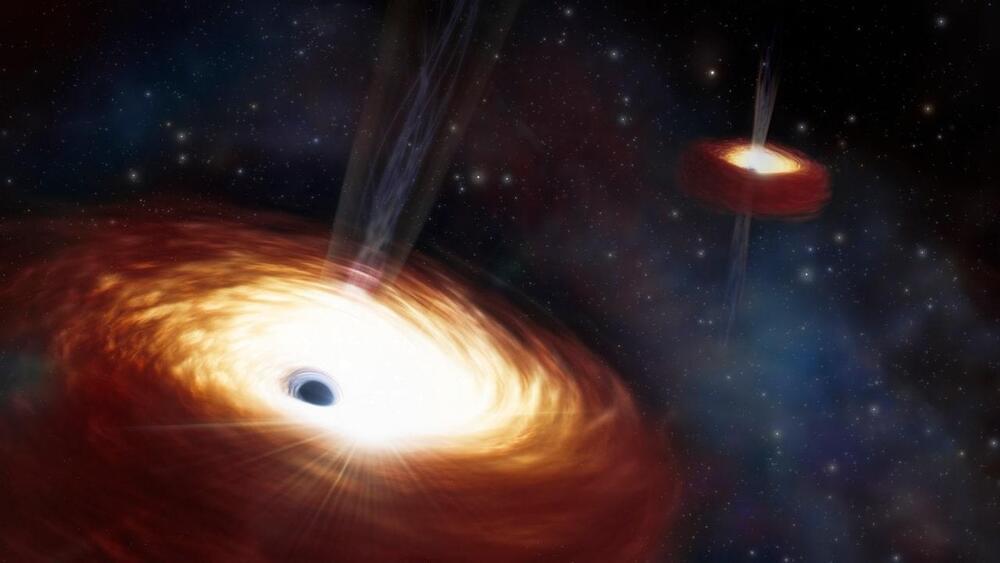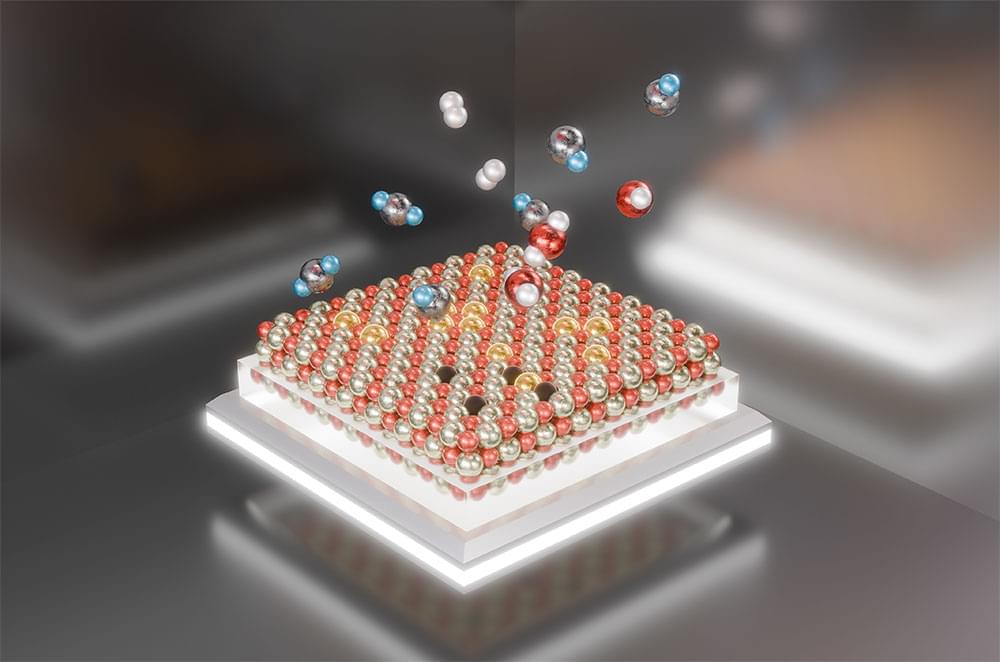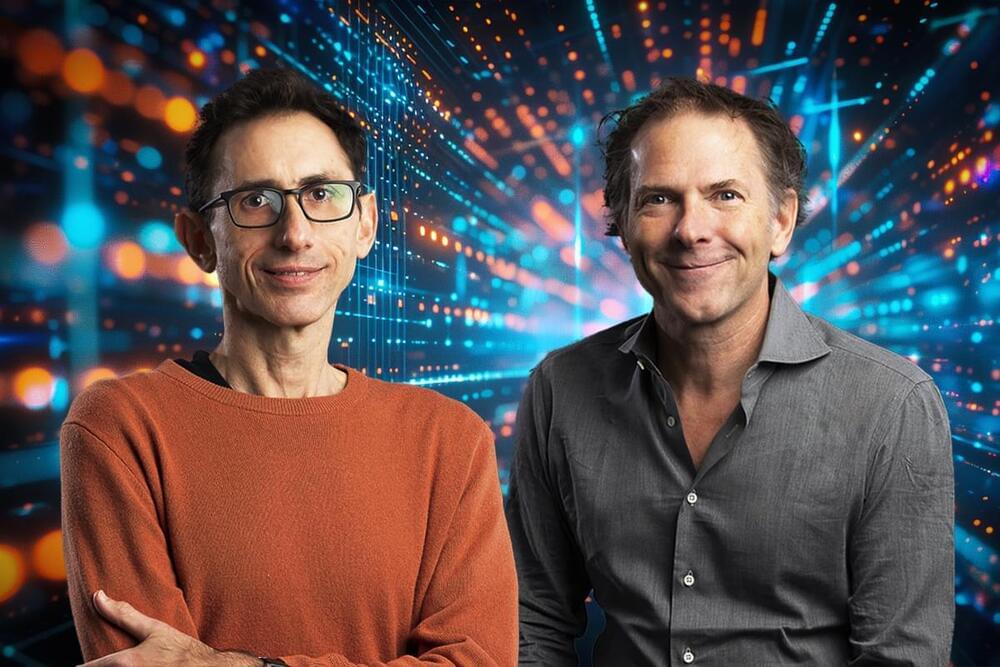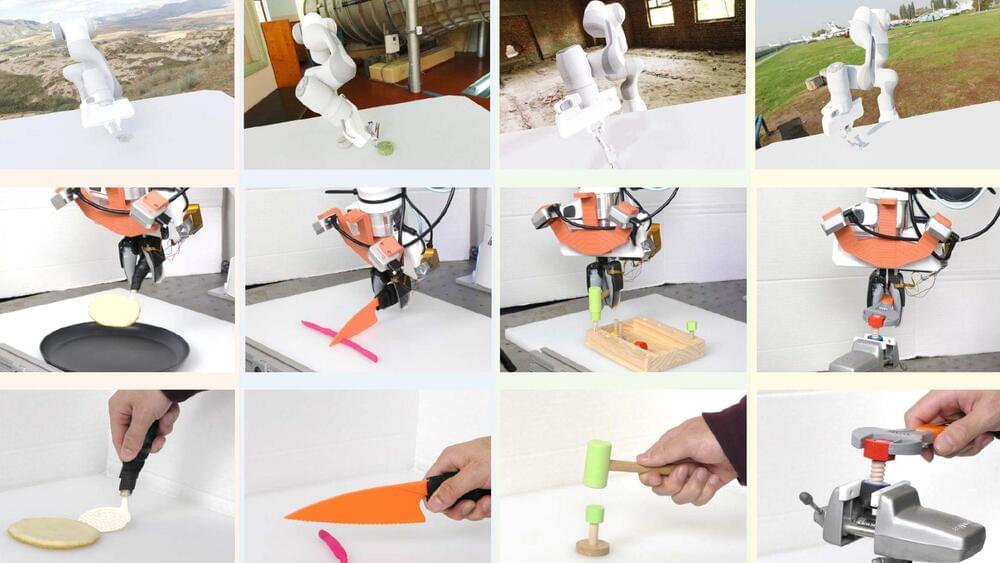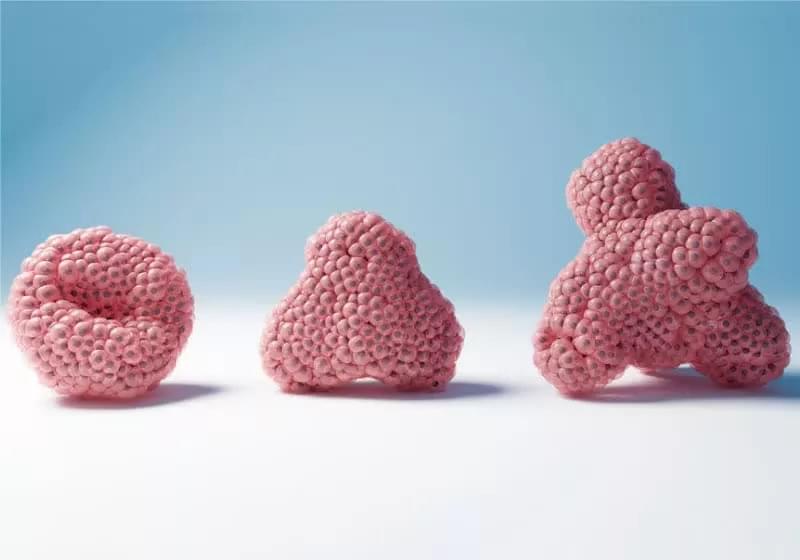It’s now thought that they could illuminate fundamental questions in physics, settle questions about Einstein’s theories, and even help explain the universe.
Chemists at the U.S. Department of Energy’s (DOE) Brookhaven National Laboratory, Stony Brook University (SBU), and their collaborators have uncovered new details of the reversible assembly and disassembly of a platinum catalyst. The new understanding may offer clues to the catalyst’s stability and recyclability.
The work, described in a paper published in the journal Nanoscale (“Unravelling the origin of reaction-driven aggregation and fragmentation of atomically dispersed Pt catalyst on ceria support”), reveals how single platinum atoms on a cerium oxide support aggregate under reaction conditions to form active catalytic nanoparticles — and then, surprisingly, fragment once the reaction is stopped.
Fragmentation may sound shattering, but the scientists say it could be a plus.
As humanity travels back to the Moon in the next few years and potentially Mars in the next decade, how much of a role should planetary protection play regarding the safeguarding of these worlds? This is what a recent study published in Space Policy hopes to address as a team of international researchers discuss prioritizing planetary protection and sustainability could not only aid in space exploration but also sustainability on Earth, as well.
For the study, the researchers propose the expansion of current planetary protection policies to help safeguard against security, orbital debris, and crowding, as current policies only focus on preventing biological contamination from human activities. While biological contamination might not be a concern on the Moon given it lacks the necessary conditions to support life, the planet Mars is hypothesized to have once possessed microbial life deep in its ancient past and could potentially be hosting life beneath its surface.
“Sustainability must become a core principle of human space exploration,” said Dr. Dimitra Atri, who is an investigator in the Center for Astrophysics and Space Science at NYU Abu Dhabi and lead author of the study. “Just as we view climate change as the great challenge facing our terrestrial human society, the space community should begin to address space sustainability with the same urgency.”
Understanding aging and age-related diseases requires analyzing a vast number of factors, including an individual’s genetics, immune system, epigenetics, environment and beyond. While AI has long been touted for its potential to shed light on these complexities of human biology and enable the next generation of healthcare, we’ve yet to see the emergence of tools that truly deliver on this promise.
Leveraging advanced plasma proteomics, US startup Alden Scientific has developed AI models capable of making the connections needed to accurately assess an individual’s state of health and risk of disease. The company’s tool measures more than 200 different conditions, including leading causes of morbidity and mortality such as Alzheimer’s, heart disease, diabetes and stroke. Significantly, its models also enable an individual to understand how an intervention impacts these risks.
With a host of top Silicon Valley investors among its early adopters, Alden is now using its platform to conduct an IRB-approved health study designed to provide a “longitudinal understanding of the interplay between environmental, biological, and medical data.”
MIT researchers use AI to empower robots for versatile tool use in simulations and real-world settings.
MIT researchers have utilized artificial intelligence (AI) models to combine data from multiple sources to help robots learn better.
The technique employs diffusion models, a type of generative AI, to integrate multiple data sources across various domains, modalities, and tasks.
The training strategy allowed a robot to execute various tool-use activities and adapt to new tasks it was not exposed to during training, both in simulations and real-world tests.
“Sharper images at visible wavelengths like those provided by SHARK-VIS and LBT are essential to identify both locations of eruptions and surface changes not detectable in the infrared, such as new plume deposits,” said Dr. Imke de Pater.
Can ground-based telescopes obtain the same image resolution of planetary objects as space-based telescopes, or even spacecraft directly orbiting other worlds? This is what a recently submitted study to Geophysical Research Letters hopes to address as a team of international researchers investigated volcanic activity on Jupiter’s innermost Galilean Moon, Io, using a high-resolution ground-based telescope. This study holds the potential to help researchers gain insights into Io’s volcanic activity along with developing new methods in studying planetary bodies throughout the solar system using ground-based telescopes, as well.
For the study, the researchers used the SHARK-VIS instrument on the Large Binocular Telescope (LBT), which is located on Mount Graham in southeastern Arizona, to analyze images of Io obtained in January 2024 with the goal of learning more about the geological processes responsible for Io’s incredible volcanic activity, specifically tidal heating, as Io is the most volcanically active body in the solar system. in the end, the team was able to identify recent resurfacing events, specifically how volcanic eruptions from one site is covering another volcano on Io.
When Storm Ciarán battered northwestern Europe in November 2023, it left a trail of destruction. The low-pressure system associated with Storm Ciarán set new records for England, marking it as an exceptionally rare meteorological event. The storm’s intensity caught many off guard, exposing the limitations of current weather-prediction models and highlighting the need for more accurate forecasting in the face of climate change. As communities grappled with the aftermath, the urgent question arose: How can we better anticipate and prepare for such extreme weather events?
A recent study by Charlton-Perez et al. (2024) underscored the challenges faced by even the most advanced AI weather-prediction models in capturing the rapid intensification and peak wind speeds of Storm Ciarán. To help address those challenges, a team of Microsoft researchers developed Aurora, a cutting-edge AI foundation model that can extract valuable insights from vast amounts of atmospheric data. Aurora presents a new approach to weather forecasting that could transform our ability to predict and mitigate the impacts of extreme events—including being able to anticipate the dramatic escalation of an event like Storm Ciarán.
Aurora’s effectiveness lies in its training on more than a million hours of diverse weather and climate simulations, which enables it to develop a comprehensive understanding of atmospheric dynamics. This allows the model to excel at a wide range of prediction tasks, even in data-sparse regions or extreme weather scenarios. By operating at a high spatial resolution of 0.1° (roughly 11 km at the equator), Aurora captures intricate details of atmospheric processes, providing more accurate operational forecasts than ever before—and at a fraction of the computational cost of traditional numerical weather-prediction systems. We estimate that the computational speed-up that Aurora can bring over the state-of-the-art numerical forecasting system Integrated Forecasting System (IFS) is ~5,000x.
The rapid advancement of technology, specifically in the development of sex robots with AI capabilities, could potentially lead to the replacement of real-life partners and have a detrimental effect on meaningful romantic relationships.
Questions to inspire discussion.
How long have sex robots been around?
—Sex robots have been around for about 10 years, and despite their initial hilariously bad appearance, there is a market for them and people are buying them.
A collaborative study by researchers at Lancaster and Radboud universities has pioneered a method to generate and control spin waves at the nanoscale, offering a new, energy-efficient approach to quantum computing.
Researchers at Lancaster University and Radboud University Nijmegen have successfully produced propagating spin waves on the nanoscale, unveiling a new method to modulate and amplify these waves.
Their discovery, published in Nature, could pave the way for the development of dissipation-free quantum information technologies. As the spin waves do not involve electric currents these chips will be free from associated losses of energy.
Through the looking glass: Researchers now have a way to conduct experiments on biological neurons in vitro. These human brain organoids – there are 16 in total – are aimed at developing the world’s first living processor and can be accessed remotely through an online platform for $500 a month if you are a university or educational institution.
The platform was developed by FinalSpark, a Swiss biocomputing startup, which reports that three dozen universities have expressed interest in using their platform. FinalSpark highlights the significant energy savings it could offer in the training and operation of large artificial neural networks, such as those used in large language models. However, this achievement is still a ways off: the project is just in its beginning phases, and co-founder Fred Jordan states that such an ambitious goal can only be achieved through international collaboration.
The biological component uses forebrain organoids derived from human induced pluripotent stem cells. These organoids can survive for years and contain neurons, oligodendrocytes, and astrocytes characteristic of the forebrain region, according to a paper published in the scientific journal Frontiers.
